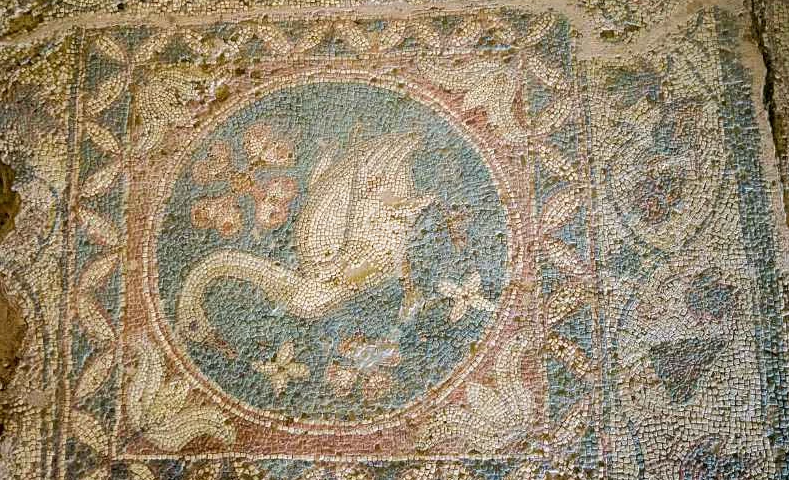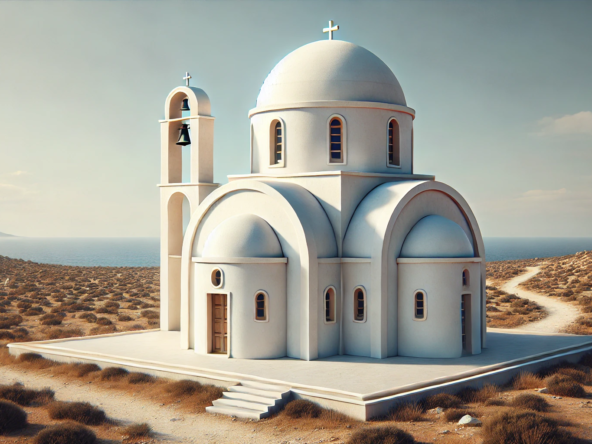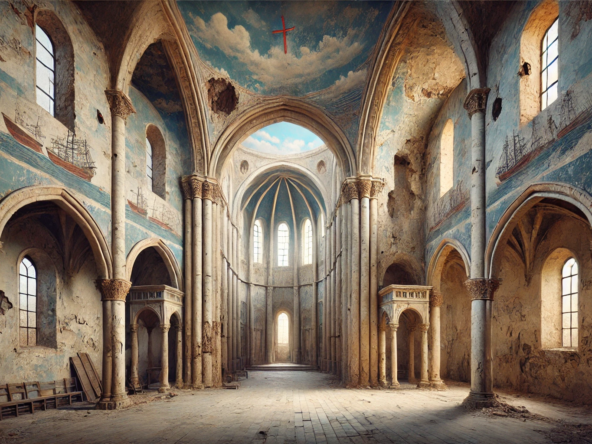On the western coast of Cyprus, in the vicinity of Guzelyurt, in the picturesque Morphou Bay, there are the ruins of one of the greatest ancient policies - Soli. This city, reminiscent of the ancient world, once played a key role in the industry, trade and culture of the region. Soli has prospered due to its strategic location, rich natural resources and cultural diversity. Today, thousands of years later, the ruins of Soli invite travelers to take an exciting journey through time, opening before them the pages of the past.

History of the foundation of Salt
Soli was founded at the junction of eras when the first Bronze Age settlements began to develop into organized urban centers. According to legend, the city received its name in honor of the Athenian sage Solon. Legend has it that in the 6th century BC. Solon visited Cyprus and gave the ruler Philocritus valuable advice on managing the city and economy. In gratitude, Philocritus immortalized the name of Solon in the name of the new polis. Archaeological evidence confirms that the city was founded by the Achaeans, who moved local residents closer to the sea in order to turn the settlement into a trading hub with access to sea routes.
Golden Age: a time of prosperity
Soli reached its peak in the 6th century BC. During this period, the city became a key center for copper mining and export. Mines in the vicinity of Sol provided metal to Greece, Rome and other Mediterranean countries. The economy of the polis flourished, thanks to a combination of metallurgy, crafts, agriculture and trade. Local residents grew grain, grapes and olives, and artisans created pottery and metalwork that were highly prized outside the island. Its strategic location on the Mediterranean coast made Soli the richest and most influential city in Cyprus.

Soli under Roman rule: new challenges
During the Roman Empire, Soli retained its importance as an economic and industrial center. Emperor Augustus leased the city's copper mines to King Herod of Judea, which led to the migration of workers from Judea. These new residents brought diversity to the city's cultural life. However, in the 1st century AD. Conflicts between the Greek and Jewish populations led to bloody clashes, which ended in a mass exodus of Jews from the island. As a result of these events, copper mining began to decline. In the 3rd century AD. A powerful earthquake destroyed the city's harbor, depriving it of an important transport hub, which seriously undermined economic stability.
Decline and oblivion
By the 7th century AD. Soli found itself in a state of complete decline. Destructive Arab raids completed the destruction of the city, which was abandoned and gradually turned into ruins. For centuries, the remains of the polis remained forgotten until British colonialists began using ancient marble and stone blocks to build the Suez Canal in the 19th century. This act of plunder deprived Soli of many of its historical elements.
Archaeological discoveries of the 20th century
Only in the 20th century, with the beginning of archaeological excavations, Soli again came into the spotlight. Research has revealed many valuable artifacts, including the famous statue of Aphrodite, which is now kept in the archaeological museums of Nicosia and Morphou. These discoveries helped restore the image of the city, showing how important it was in ancient times.

What to see in Soli today
The ruins of Soli have preserved many elements that allow you to plunge into the atmosphere of the ancient world.
• Early Christian basilica from the 4th century : impressive with its mosaic floors depicting a swan, dolphins and floral designs. The inscription on one of the mosaics reads: “O Christ, protect those who created this work.”
• Roman amphitheater : once a majestic structure that could accommodate up to 4 thousand spectators. Today you can see its upper level, which is still amazing in size.
• Agora : a market square where a marble fountain once stood. Only fragments remain of it, but they allow one to imagine its former splendor.
• Temples of Aphrodite and Isis : the ruins of these religious buildings still keep the secrets of ancient religious rites.
• Necropolis : resting place of noble citizens, where gold jewelry and other artifacts were found.

Useful information for visitors
Today Soli is an open-air museum. It is open daily from 9:00 to 17:00 and the entrance fee is only 3 euros. For the convenience of tourists, parking is available on site, making the visit comfortable.
Conclusion: contact with antiquity
Soli is not just ruins. This is a place where every stone, every column and every mosaic tells its own story. Visitors can spend hours here exploring the ruins, imagining how the city lived and flourished in ancient times. Soli allows you not only to learn about the past, but also to feel its breath, connecting modernity with eternity. For those seeking inspiration, curiosity or simply enjoying history, a visit to Soli will be an unforgettable journey into the depths of millennia.
View on map HERE.






